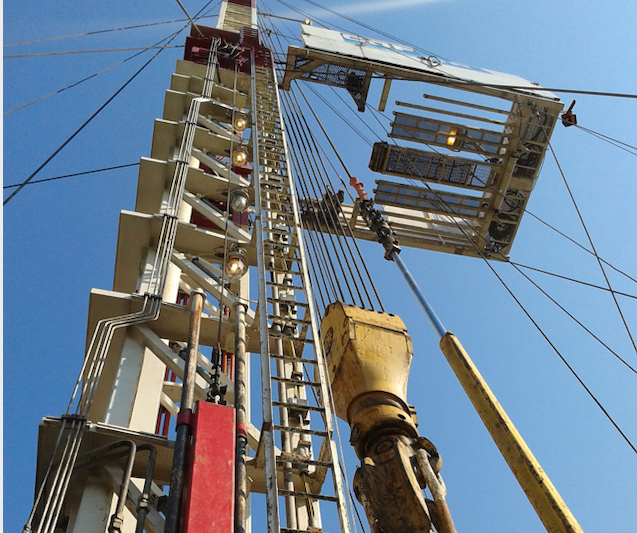Geothermal energy by Idex
Geothermal energy has been used to generate hot water for thousands of years now, particularly in Asia and Ancient Rome. Today, the technology used to tap this geothermal energy may have evolved, but the concept remains unchanged: drilling under ground to source and extract this inexhaustible source of heat. Idex works with you to design, develop, and run your geothermal energy system.
Geothermal energy: what it is, and how it can benefit you
The idea behind geothermal energy is to extract hot water under the surface of the Earth to produce heat and electricity. To do so, drilling takes place deep underground to source groundwater. Transiting in a closed circuit, this water is then pumped up to the surface, where a heat exchanger recovers the thermal energy. Stripped of its calories, the water is returned to a heated state. This heat is then injected into another network used to heat housing via radiators, or to generate electricity.

The different types of geothermal energy
There are three types of geothermal energy depending on the depth at which the heat is extracted:
- Very low-temperature geothermal energy (between 30 and 600 meters deep): this very low-temperature water requires heat pumps be used to directly heat premises. It can however be used directly, notably for heating pools and greenhouses.
- Low-temperature geothermal energy (between 600 and 2,500 meters): this water’s temperature is relatively high (30°C to 90°C), and can be used within a heating network.
- High-temperature geothermal energy (> 2,500 meters): this water’s temperature can exceed 100°C, meaning that the water can be injected into a heating network and even used to produce electricity.
The benefits of geothermal energy
Geothermal energy comes with a host of environmental and financial benefits for local authorities that opt to work with it:
- For the environment: geothermal energy is clean, local, renewable energy. Drawing on this technology reduces CO2 emissions, as no combustion is required to use it. What’s more, this type of energy is inexhaustible, as the water naturally replenishes thanks to the continuous stream of surface water, or by reinjecting the groundwater tapped beneath the Earth.
- For the local economy: Geothermal energy is permanently available on-site and requires zero transportation. Most of the cost of the heat produced resides in initial installation investment. Consequently, it guarantees stable costs and complete control over medium- and long-term heating bills. A well-cared-for installation has a lifespan of at least 30 years.
Geothermal energy by Idex
Local authorities and manufacturers can outsource their geothermal energy production to Idex in order to meet their targets in terms of caring for the planet, achieving energy efficiency, and cutting costs.
Idex’s clients enjoy access to the group’s other areas of expertise, such as heating network operations and energy efficiency services, all in a turnkey service. Idex invests in partnerships with its clients and commits to achieving tangible results.
Idex’s technical expertise
Idex is able to support manufacturers and local authorities at all geothermal energy project stages, from design and development to running installations. We help you every step of the way in running and providing maintenance for your installations:
- assessing the ground to determine feasibility,
- drilling and installation set-up,
- managing, overseeing and optimizing the process,
- heavy maintenance and equipment replacements,
- heat and electricity production optimization,
- managing and overseeing sites hand in hand with public sector and industrial clients.
Guaranteed results
By entrusting Idex with designing, developing, and managing your geothermal energy installation, you’ll enjoy high-impact results in terms of:
- installation availability and capacity,
- energy redistribution in your local heating network,
- control over operational budgets,
- a decrease in CO2 emissions,
- electricity production via the energy tapped.